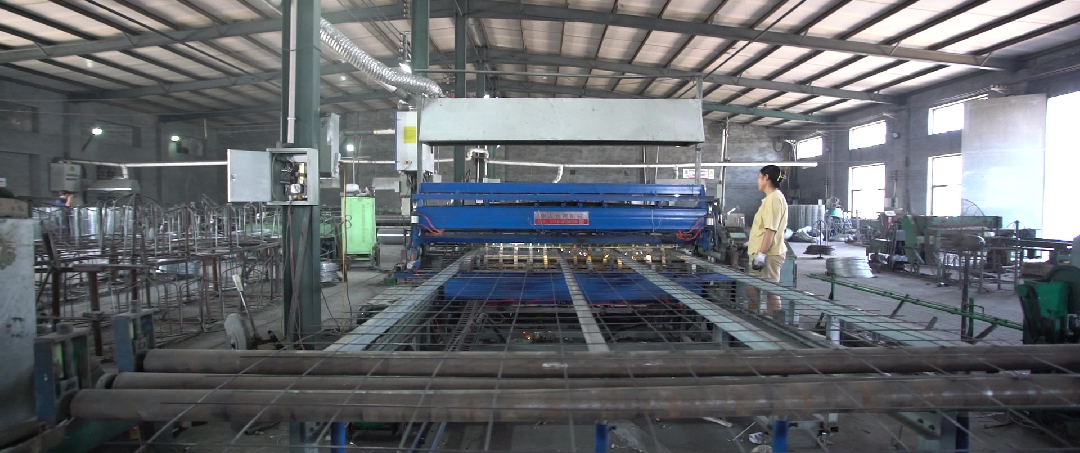binding wire iron
The Versatility and Applications of Binding Wire
Binding wire, primarily made from iron, is a staple in construction and various industrial sectors, recognized for its incredible strength and adaptability. Its primary function is to hold materials together, which makes it an essential component in numerous applications. This article delves into the properties, types, and diverse uses of binding wire, particularly focusing on its iron variant.
Properties of Binding Wire
Binding wire is characterized by its exceptional tensile strength, allowing it to maintain integrity even under considerable stress. Iron binding wire is often treated or coated to enhance its resistance to corrosion, which is critical in outdoor settings or humid environments. The gauge of binding wire can vary, providing options for different applications, from lightweight to heavy-duty tasks. This versatility makes it suitable for a range of projects, from small DIY jobs to large-scale industrial construction.
Types of Binding Wire
Binding wire comes in different forms based on specific requirements. The most common types are
1. Annealed Binding Wire This type is soft and pliable, making it easy to twist, bend, and shape. It is often used in construction for tying rebar together and securing forms during concrete pouring.
2. Galvanized Binding Wire Coated with a layer of zinc, galvanized wire is resistant to rust and corrosion. This type is ideal for outdoor applications and situations where exposure to the elements is a concern.
3. Black Binding Wire This uncoated wire is commonly used in rural areas or less critical applications. It is more economical but lacks corrosion resistance compared to galvanized options.
4. Pre-Stretched Binding Wire This version is stretched before use, providing more durability and strength. It is particularly useful in demanding environments where a strong hold is essential.
binding wire iron

Applications of Binding Wire
Binding wire finds use in a variety of sectors
1. Construction The most prominent application of binding wire is in the construction industry. It is extensively used for reinforcing concrete by tying together steel rebar, ensuring that structures can withstand significant loads and pressures.
2. Agriculture In agricultural settings, binding wire is used for building trellises, supporting plants, and securing fencing. Its ability to withstand weathering makes it ideal for outdoor use, providing longevity and reliability.
3. Crafts and DIY Projects For hobbyists and crafters, binding wire serves as a versatile tool. It can be used for creating wire sculptures, jewelry making, and various craft projects. Its flexibility allows for intricate designs and robust structures.
4. Packaging Binding wire is often used in packaging to secure and bundle products together. Its strength ensures that items remain secure during transport, reducing the risk of damage.
5. Manufacturing In manufacturing processes, binding wire is utilized in the assembly of various products, holding components in place during production and shipping.
Conclusion
Binding wire, especially iron binding wire, plays a crucial role across multiple industries due to its strength, flexibility, and resilience. Its numerous applications in construction, agriculture, crafts, packaging, and manufacturing highlight its versatility and essential nature in modern practices. As industries continue to evolve, the demand for such materials will only increase, making binding wire an enduring solution for a variety of challenges. Whether you are a contractor, a farmer, or a DIY enthusiast, binding wire remains an indispensable tool in ensuring stability and strength in your projects.
-
Space-Saving Chain Fence Hacks Vertical Gardening with Cyclone MeshNewsJul.16,2025
-
Innovations in Iron Nail Wire Production for Modern ConstructionNewsJul.16,2025
-
Creative Uses of Wire Netting Fence in Modern Landscape DesignNewsJul.16,2025
-
Barbed Wire Fence Innovations in Anti-Climb TechnologyNewsJul.16,2025
-
Architectural Uses of Umbrella Nails for Aesthetic Roof DesignsNewsJul.16,2025
-
Architectural Uses of Razor Barbed Wire in Secure Urban DesignNewsJul.16,2025




